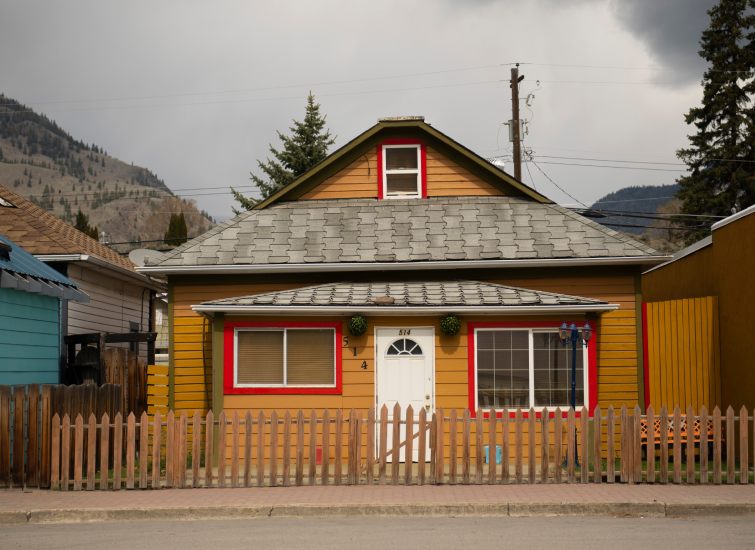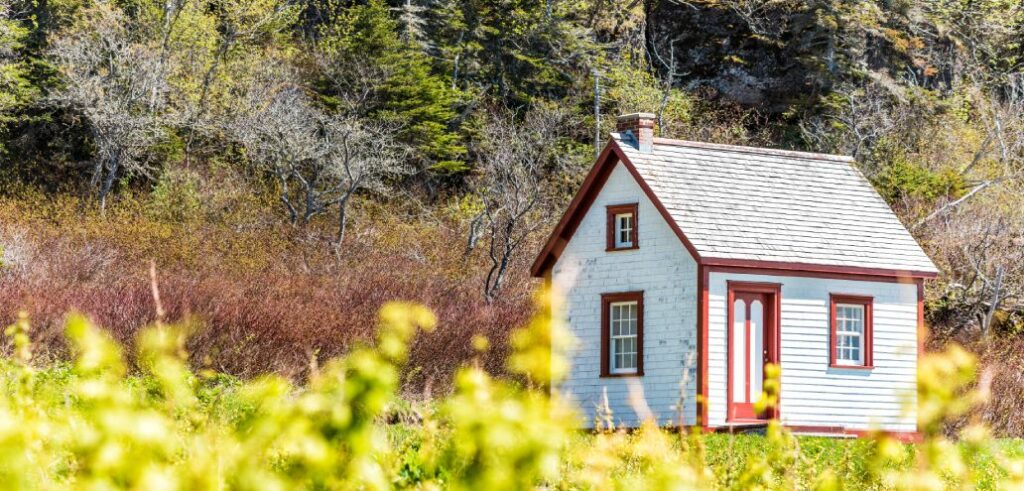Tiny homes are not merely a passing fad; they’ve evolved into a full-fledged worldwide movement that’s gaining traction from coast to coast in Canada.
From the bustling streets of Vancouver to the vibrant neighborhoods of Toronto, these compact, innovative living spaces are not just capturing attention—they’re transforming the way Canadians think about home, lifestyle, and investment.
The Rise in Popularity of Tiny Homes in Canada
The allure of tiny homes in Canada is more than just a ripple—it’s a wave that shows no signs of slowing down. The upward trajectory in demand is fueled by a complex blend of social, economic, and environmental factors.

Firstly, the issue of housing affordability is a significant driver. With the median price of homes in cities like Vancouver and Toronto skyrocketing, many Canadians find traditional real estate out of reach. Tiny homes offer a financially accessible entry point into homeownership, often without the burden of a 30-year mortgage.
Secondly, there’s a growing appetite for a minimalist, simplified lifestyle. The tiny home movement aligns perfectly with the ethos of living more with less, offering a sense of freedom and simplicity that’s hard to find in today’s consumerist culture.
But it’s not just anecdotal evidence that supports this trend. According to a recent survey by the Canadian Real Estate Association, a staggering 30% of millennials view tiny homes as a viable first-time investment. This is a significant indicator, as millennials represent a large portion of first-time homebuyers in the country.
Moreover, municipalities across Canada are starting to amend zoning laws to accommodate tiny home communities, further legitimizing them as a long-term housing solution. Places like Okotoks in Alberta have already made strides in this direction, offering a glimpse into what the future could hold for tiny home enthusiasts nationwide.
Financial Benefits of Investing in Tiny Homes
Tiny homes are not just an affordable housing option; they’re a financial powerhouse in the real estate sector.
Let’s break down the numbers: the average cost of constructing or purchasing a tiny home in Canada hovers around $50,000. When you compare this to the median price of a single-family home in major cities, which can easily exceed $500,000, the cost advantage becomes glaringly obvious.
But the financial perks extend far beyond the initial investment. One of the most lucrative aspects of owning a tiny home is the potential for multiple revenue streams. For instance, short-term rentals are a booming market, especially in tourist-heavy regions. With platforms like Airbnb, you can turn your tiny home into a cash-generating asset with minimal effort. Some Canadian tiny homeowners report earning upwards of $20,000 a year through short-term rentals alone.
Resale value is another avenue worth exploring. Given the rising demand for these compact dwellings, the market is ripe for high resale values. In some cases, tiny homes have appreciated in value at a rate comparable to, or even exceeding, traditional homes, particularly in high-demand areas.
Additionally, the lower maintenance and utility costs associated with tiny homes add another layer of financial benefit. Reduced energy bills and fewer repair costs mean more money in your pocket in the long run.

Environmental Impact and Sustainability
Tiny homes are as good for the Earth as they are for your wallet. Their smaller size naturally leads to lower energy consumption, reducing your carbon footprint right off the bat. Many are designed with sustainability in mind, featuring eco-friendly materials such as reclaimed wood, energy-efficient windows, and solar panels for off-grid living.
But it’s not just about individual choices; tiny homes are also in sync with broader sustainability initiatives. They often meet or exceed the guidelines set by the Canadian Green Building Council, which advocates for environmentally responsible construction. This makes them a viable option for those looking to invest in real estate that aligns with Canada’s commitment to a greener future.
Comparison of ROI Between Tiny Homes and Traditional Real Estate
When it comes to return on investment (ROI), tiny homes are making a compelling case for themselves. Let’s delve into some real numbers to illustrate this point. A recent case in British Columbia saw a tiny home selling for double its initial investment in just two years. That’s a 100% ROI in a fraction of the time it typically takes for traditional real estate investments to mature.
In contrast, traditional homes in the same region showed an average ROI of 20% over a five-year period. While still a respectable return, it pales in comparison to the rapid gains seen in the tiny home market.
But why is this the case? Several factors contribute to this disparity:
Lower Initial Investment: The lower cost of entry for tiny homes means investors can diversify their portfolios or even purchase multiple properties.
Flexibility: The versatility of tiny homes allows for various income streams, from short-term rentals to long-term leases, increasing their profitability.
Market Demand: The rising popularity of tiny homes, especially among millennials and environmentally-conscious consumers, ensures a steady demand, which in turn drives up resale values.
Lower Operating Costs: Reduced maintenance and utility costs mean higher net profits, further boosting ROI.
Sustainability: With an increasing focus on green living, tiny homes that feature sustainable technologies can command higher resale values.
Conclusion
Tiny homes have proven themselves to be far more than a fleeting trend. They represent a confluence of financial wisdom and environmental stewardship, offering a unique blend of affordability, sustainability, and profitability.
As we navigate the complexities of the Canadian real estate market, tiny homes emerge as a compelling investment avenue. They offer not just a home, but a lifestyle and an investment strategy that aligns with modern values and future-forward thinking. It’s clear that in the realm of real estate, tiny homes are a big deal.









